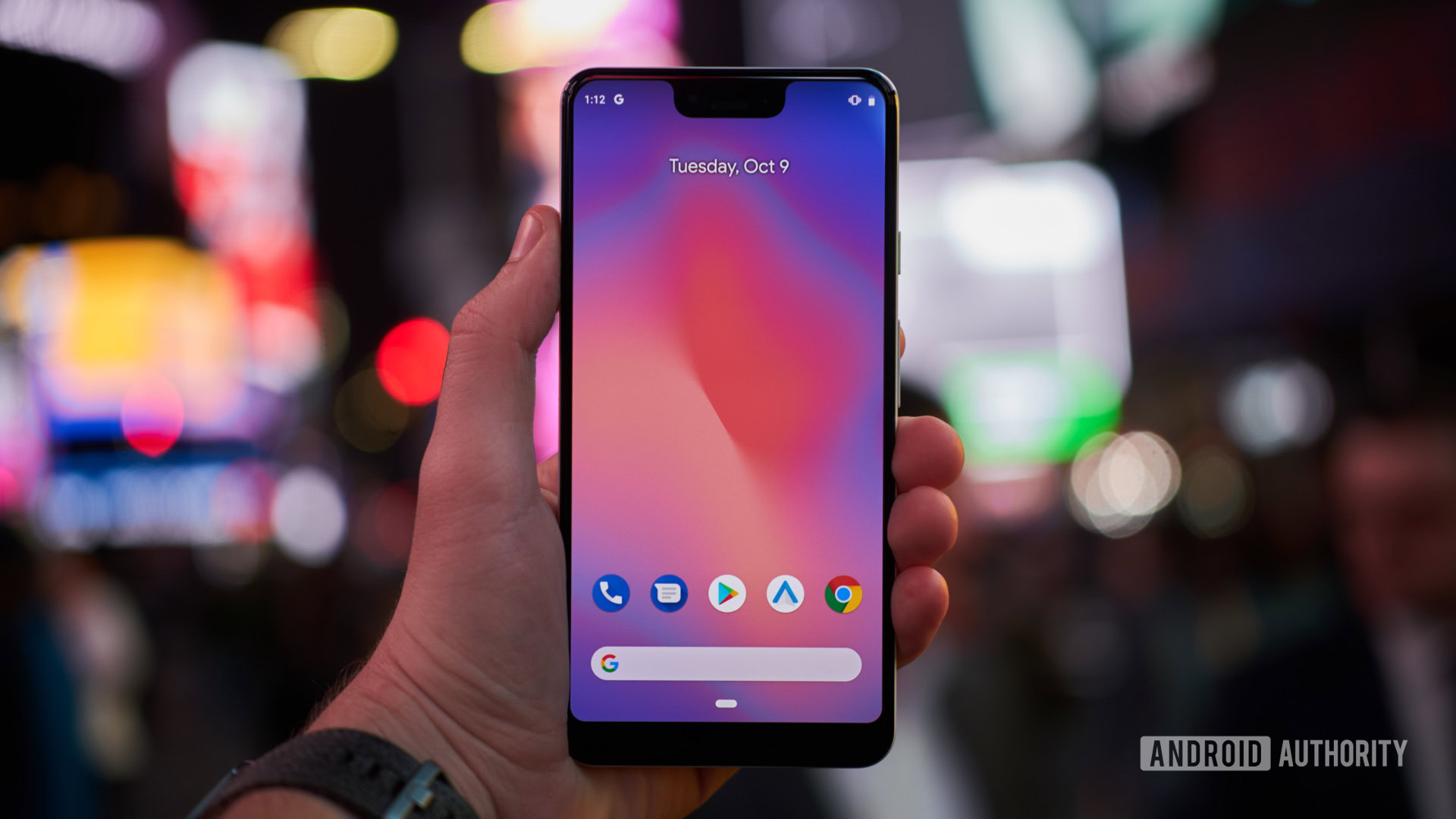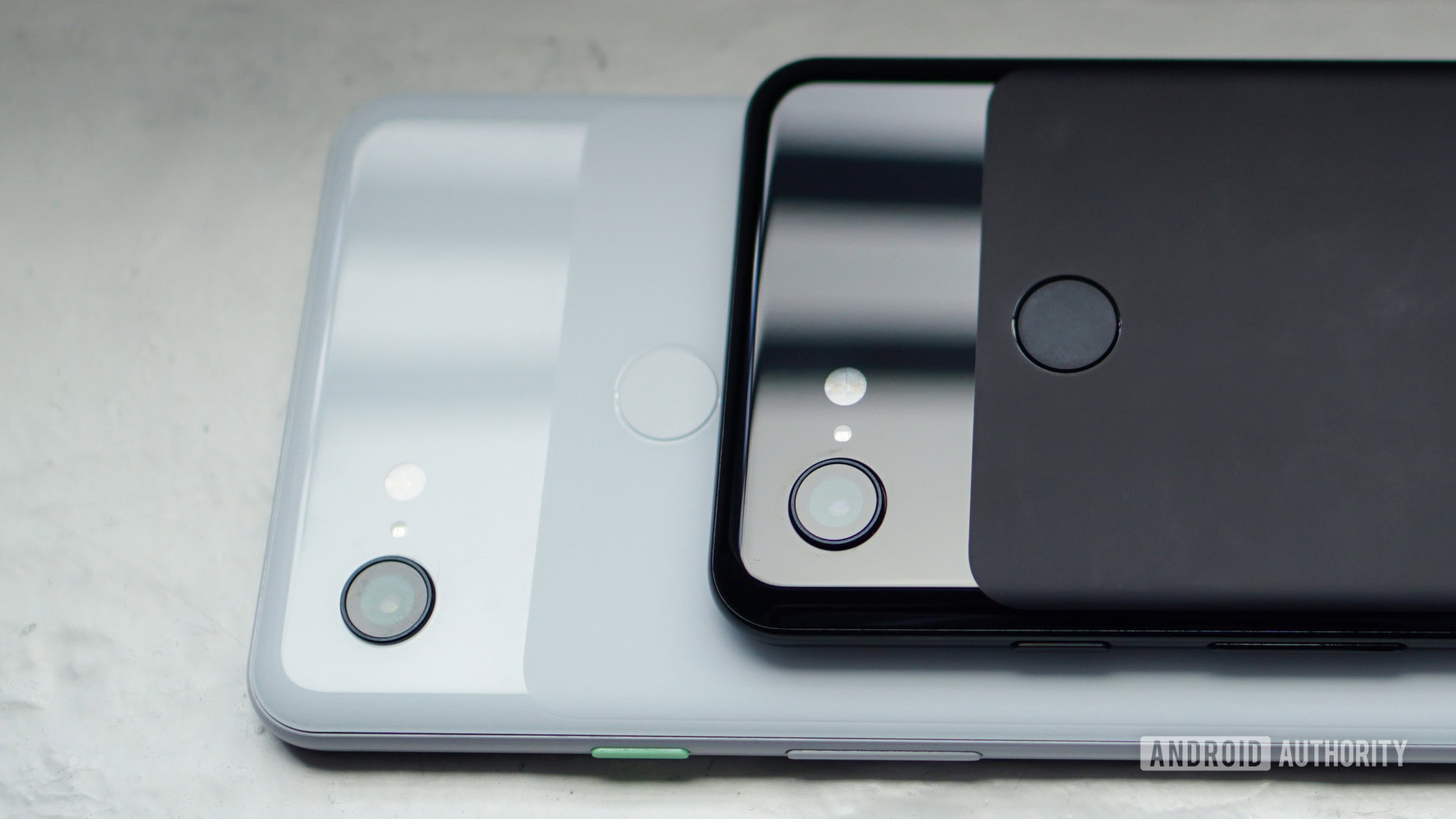Affiliate links on Android Authority may earn us a commission. Learn more.
Google is getting more serious about making its own chips

Google has slowly ramped up its in-house chip-making efforts over the years. Those efforts substantially sped up in recent months, thanks to over a dozen new microchip engineer hires in Bengaluru, India.
According to Reuters, Google hired at least 16 engineering veterans and four talent recruiters for its internal “gChips” team. As of this writing, there are four open positions in Bengaluru. In total, the gChips team could grow to 80 employees by the end of 2019.
Reuters also reports that the gChips might be testing chip designs before sending off the final versions to manufacturers, according to two industry executives familiar with Google’s plans.
If these chip designs are for processors, Google could soon join Apple, Samsung, and Huawei as companies that use their own processors in their devices. Since Google sources Android to manufacturers, this also means that Google could integrate hardware and software tighter than before.

In addition to processors, the chip designs could also be for chips with more specific purposes. For example, Google could build a chip for its routers and smart home devices that can analyze voice commands and videos better than before.
That’s not to say that Google’s a stranger to custom chips. The last two generations of Pixel phones feature the Pixel Visual Core, which compiles HDR+ images five times faster than an application processor. Google also designed the Titan M security chip for the Pixel 3, the Visual Processing Unit in Google Clips, and Tensor Processing Units found in Google data centers.
Google’s also made advancements in personnel — the company hired several key engineers from Apple and Qualcomm, including former Apple micro-architect Manu Gulati in mid-2017.